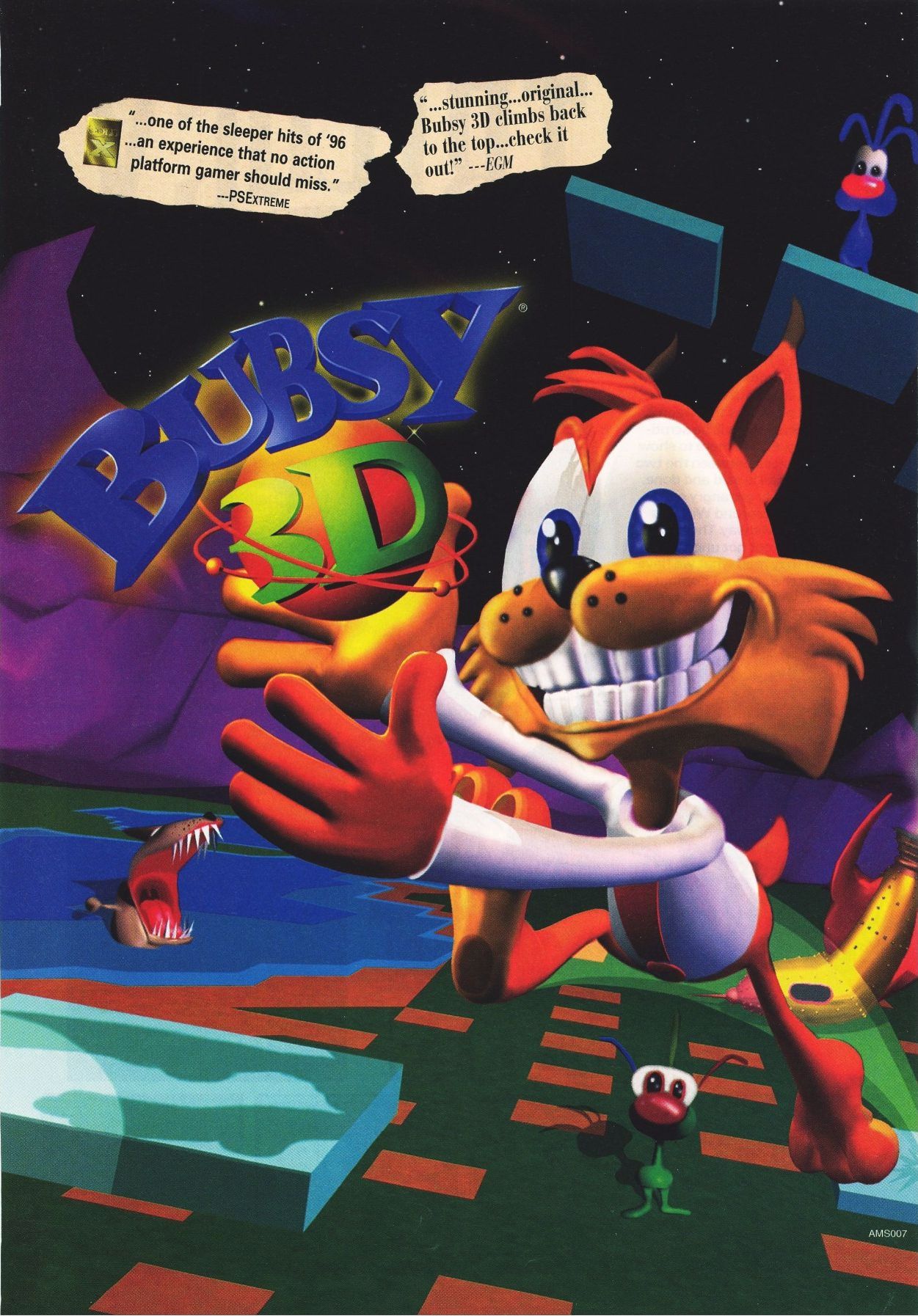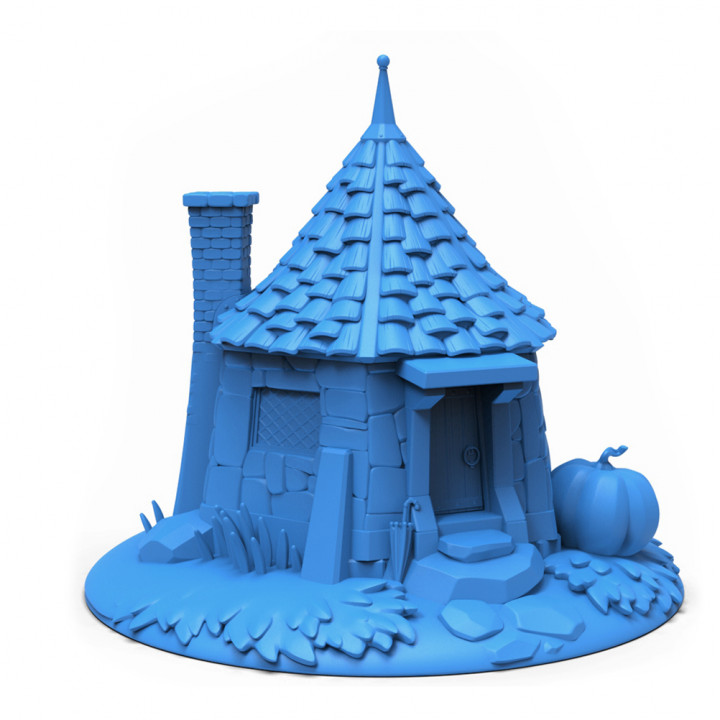

These jewels will usually positioned in such a way that they make it trickier for you to perform a trick, by often requiring you to cast the largest shadow you can over the wall - which is the exact opposite of what you want to do if you want to do the tricks easily. You can boost your score even further by collecting jewels as you go through each wall. Perform a trick on every shape you pass through (i.e., move your shape around so your shadow covers the whole thing), and you'll build up a combo, which lets you rack up even more points. By moving your silhouette over the entire shape, and covering every square, you can perform what's known as a trick, which will earn you bonus points. When you're approaching a wall, a silhouette of your shape will be projected onto it, helping you to see, at a glance, where your shape's going to pass through. And in ThruSpace, the high scores are where most of the fun lies. The problem is, there's no fun in that, and you certainly won't get yourself a highscore. If you just want to barge through the levels, all you have to do is rotate your shape so that it's silhouette is the smallest shape possible, and you can pretty much breeze through every wall simply by rotating. Of course, if you have no interest in high scores, you'll probably find ThruSpace a lot easier than we did - and possibly even a bit boring. Because it's a transparent shape, when you're using the Tetris T shaped piece, it's often hard to tell whether the sticky out block is poking towards you, or away from you, as the block doesn't cast shadows on itself (which would help you work out which way up it is), and its transparency means it looks pretty much the same, no matter which way it's facing. Things are complicated further by the fact you're not always sure which way round your Keydron is. The gems are the key to a high score - but not essential to finishing the level. You try working out which way to push when you're a few inches away from a wall. The +Control Pad, meanwhile, lets you spin your shape around in 3D, rotating it 90 degrees in the direction you push. In this mode, you move your Keydron using the analogue stick, and rotate it clockwise, and anti-clockwise by using the A and B Buttons respectively. The recommended combo is the trusty Wii Remote and Nunchuck, although all of them take some getting used to.



You can play the game using either the WIi Remote on its own, holding it sideways, or with any combination of a Wii Remote and Nunchuck, Classic Controller, and Classic Controller Pro. With a narrow hole approaching, and the time ticking down, it's enough to send us into a panic mode, and all semblance of logic flies out of the window, as we frantically rotate our shape to get it to fit - and because we're rushing, we make more mistakes, and try to rotate the shape in the wrong direction. The problem is, getting your head around rotating the shape in 3D takes quite some time - and in fact, despite having played it for hours on end, we still haven't got the hang of it. The problem is, you're racing against the clock, and the speed your Keydron happily saunters along at often isn't enough to complete the course before the time runs out, so you'll often find yourself having to line yourself up quickly, and boost. When you clear the one wall, it's on to the next one, and the next, and it's up to you to clear the entire level, which is made up of at least ten walls in one go. Instead, Nintendo have made things a bit more complex.įor starters, your piece (known as a Keydron), is constantly moving towards the wall, flying down a strange, shiny corridor. After all, with a fairly generous gap between most walls, it'd be fairly simple to rotate your shape until it's in its smallest form, and slot it through the gap - especially when they look like the one above. You see, there's a lot more to ThruSpace than simply rotating a shape to fit through a wall. A silhouette projected onto the wall shows you where your shape's going to pass.


 0 kommentar(er)
0 kommentar(er)
